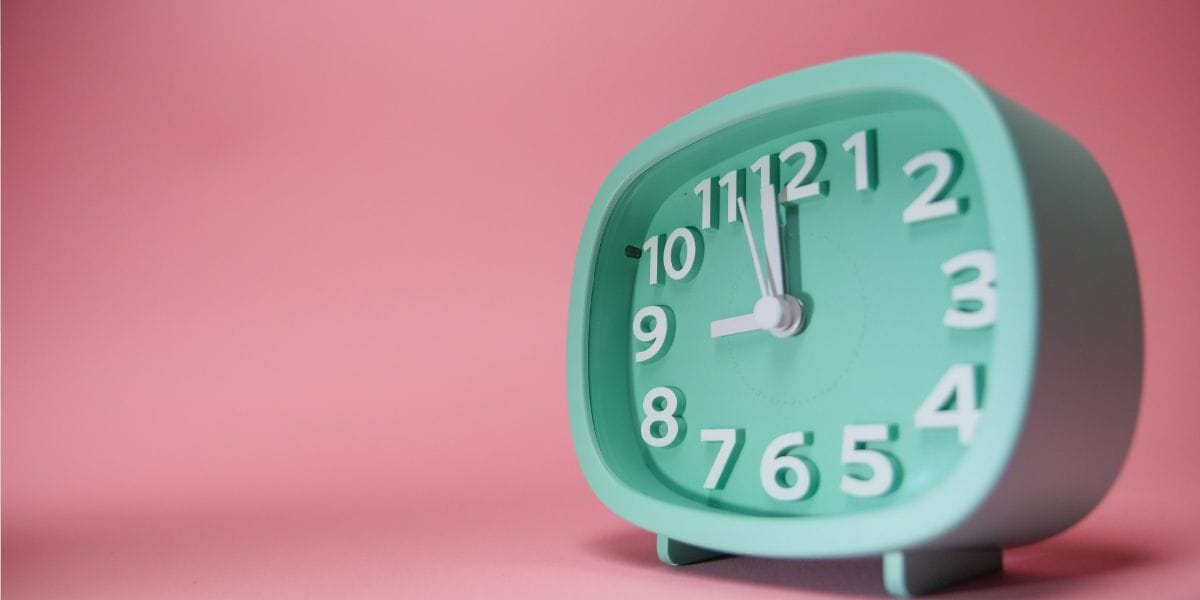As you seek to improve your financial health and build long-term wealth, preparing a personal balance sheet is a logical place to start. This will give you in indication of your current net worth. It’s a pretty simple calculation and it’s important to track everything to improve your financial health over time. To map out your personal balance sheet and calculate your net worth, you just add up all your assets (what you own), then subtract what you owe (your debts and liabilities). For example:
| Assets | |
|---|---|
| Current (cash, short-term investments etc.) | $50,000 |
| Non-current (house, car, retirement savings) | $100,000 |
| Total Assets | $150,000 |
| Liabilities | |
| Current (credit card debt, personal loan) | $10,000 |
| Non-current (mortgage, student debt) | $40,000 |
| Total Liabilities | $50,000 |
| Net worth (Assets - Liabilities) | $100,000 |
Why is it important?
It gives you a pretty good understanding of where you stand financially. It’s a measurement that you can use as a benchmark over time to track your growth month-on-month. On the surface level, you can quickly determine how well you’ve saved and limited your spending. Think of it as a progress meter.
Your personal balance sheet is helpful because it will quickly reveal if you are racking up too much debt or are taking on more debt over time. It may be painful to put a dollar figure on this for some, but having a clear view of your financial position is important. When you add up your liabilities, you can clearly see how this reduces your net worth and areas where you can turn it around and improve over time.
Assets - Liabilities = Your Net Worth. Simple, right?
Not really. On its own, your personal balance sheet is pretty irrelevant. It may be useful for determining the relative value of a business, but for the purpose of assessing your worth and planning your personal finances, we’ll have to dig a little deeper.
Let me explain...
Knowing your worth is more than knowing your net worth
When determining net worth, the two assets that everyone loves to include in their calculations are their house and their car. The value they assign to these make up a significant chunk of their net wealth. These two assets are under non-current assets in the table above.
You may hear someone claim that their net wealth is sitting comfortably at $400,000. No doubt that number is impressive. However, under the hood, you may discover that they’re assuming an additional $110,000 property equity from some improvements they’ve made to their house, and because their run-down neighbour's house sold for $X amount. They’ve also valued their other long-term assets (car, investment portfolio and retirement savings), and voilà, they’ve determined their net worth.
This raises a few red flags:
- Value is determined by what others are willing to pay for something— the marketplace at the time of sale will determine the value of these assets. No one knows what their house or car will sell for, or what the true value of their long-term financial investments will be. We’re all just guessing really. Property and financial markets are volatile and there are risks with every investment.
- Even if their guesses are spot on, and they sell their house and car for $x amount, they still have to live somewhere and they still have to get around. So unless they buy a tent and bike and invest the rest, it’s safe to assume they’ll be using it to buy a bigger house and nicer car. No one likes to downsize and you can’t get by day-to-day relying on these long-term assets.
- Most importantly, when calculating your net worth, you are omitting intangible assets that are not usually listed on a balance sheet or net worth statement. Your human capital, for example. These intangible assets should not be overlooked when assessing your overall worth and highlighting areas to improve.
Essentially, your net worth figure neglects anything that can’t be reduced to a number, that’s the financial equivalent of making judgements based on appearance of a person only.
Figuring out what you’re really worth is like taking your blood pressure, measuring your fitness levels, and assessing your diet. It gives a reading that will tell us how healthy you are financially. You need to take a more holistic look at your personal financial position to know your worth. Make sure you’re across the following terms – they will help to highlight areas to improve where a statement of net worth will not.
Liquidity – can you access money when you need it?
In accounting, liquidity refers to how easily you can access money to meet your immediate financial needs. These are the assets that fall into the “Current Assets” category in the above example. The easiest way to think about liquidity is to look at your assets and how “liquid” they are – how easily can you turn them into cash. There’s no point having $110,000 tied up in property and $40,000 in a new car if you can’t access cash to handle your day-to-day finances.
It’s important to remember that liquidity ≠ safety. This is a common misconception. While liquidity in assets and returns are typically inversely correlated, some highly liquid assets (such as shares in a company or bitcoin) can be highly volatile.
Liquidity is the only thing that matters when you need to pay for something and it is important to consider to know your worth, and highlight areas to improve. If you really want to get ahead and build your long-term wealth, you need at least a bit of liquidity to take advantage of investment opportunities. The same applies to business; according to the ABS, half of businesses go out of business because of cash flow problems. They lack liquidity to invest in opportunities and to pay for things.
If you look at academic studies, you can see that stock prices are most closely correlated with cash flow. It's such a straightforward number. Cash flow is what will drive shareholder returns. – Jeff Bezos
Make sure you’re on the right side of this fence and make sure you don’t have too much of your net worth tied up in illiquid assets.
A quick and easy way to keep track of this is to map out your monthly expenses and compare it to your current assets with the Liquidity Ratio:
LIQUIDITY RATIO = CASH OR CASH EQUIVALENTS / MONTHLY COMMITTED EXPENSES
This ratio is useful to understand how easily you can pay your day-to-day expenses and it can be used to track your liquidity over time. It is good practice to maintain at least three months of expenses (which means a liquidity ratio level of at least three).
Emergency Funds – do you maintain a financial buffer?
An emergency fund (also known as a rainy day fund) gives you some breathing space to deal with life's ups and downs. By this we mean having a small fund separate to your every day funds. Having an emergency fund is more than just peace of mind, it protects your long-term assets and plans from unexpected events.
A recent Financial Resilience Report in Australia revealed that a third of Australians admit they are two pay packets away from suffering serious financial stress if they did happen to lose their job. Let’s face it, Australians aren’t very good at saving, and we’re a nation of consumers. In fact, the average Australian only saves between 5-12% of their income. Compared to a country like China, who save around 30-35%.
When building an emergency fund, it’s crucial not to focus on investment returns or opportunity cost. It should not be treated as an asset and should be topped up first when depleted. The easiest way to build a small emergency fund is to start small and save regularly. For example, if you put aside just $50 per week into a separate, high-interest savings account, you will have over $2,600 after 12 months. The standard recommendation for an emergency fund is at least three months of living expenses in cash or cash-equivalents (highly liquid assets). This is calculated based on the impact of losing employment.
Having a separate emergency fund strengthens your overall worth. It means you won’t need to borrow money if a crisis happens – you have an emergency source of cash so you do not hinder your short and long-term investments. Think of it as a buffer, or as insurance. Do not tap into it for frivolous needs.
Human Capital – how much have you invested in yourself?
When most people think about their assets, things like stocks, bonds, real estate, and commodities come to mind. Will you find your intangible skills on a typical net worth statement? Hardly. But they’re a real thing, with real value. It’s easy to argue that your skills and capabilities are the most valuable asset you own, especially when you are young, and building out your career capital. We think it’s valuable to maintain a list of these intangible assets alongside your personal balance sheet and track them in the same respect – this will show areas to improve and increase your worth over time.
The best investment you can make is always in yourself - Warren Buffett
Anything you do to increase your ability to earn higher future wages could be considered investing in your human capital and in your long-term financial health. The monetary and time-consuming investments that you make early in life, like obtaining a degree, on-the-job training and learning better social skills, can increase your personal human capital. Human capital is also your best protection against inflation. With a strong skill set, you will have little trouble finding work and a decent income, no matter how inflated your currency becomes.
Key takeaway – live in the long-term Calculating your net worth is as simple as whipping out a notepad and a pen, and calculating a simple personal balance sheet. It doesn’t have to be incredibly complicated, but we encourage you to take this a step further and keep track of your liquidity, access to emergency funds, and the value of your intangible assets and skills – they’re important and often overlooked.
It’s good practice to objectively track this month-on-month. Think in the long-term – what can you start doing today to improve your worth over time? Use this data to highlight weak areas and incrementally improve your financial position, liquidity and intangible skills. Hold yourself accountable to your progress. If you maintain discipline, you’ll be surprised how quickly this will positively reinforce your habits as you become aware of your steady growth.
The earlier you start saving and investing your income, the greater the opportunity you have to be in control of your time and lifestyle later on (i.e. accumulate wealth). This principle of living long-term is to hold the mindfulness that you are laying the foundation now that will determine what your long term will look like.



